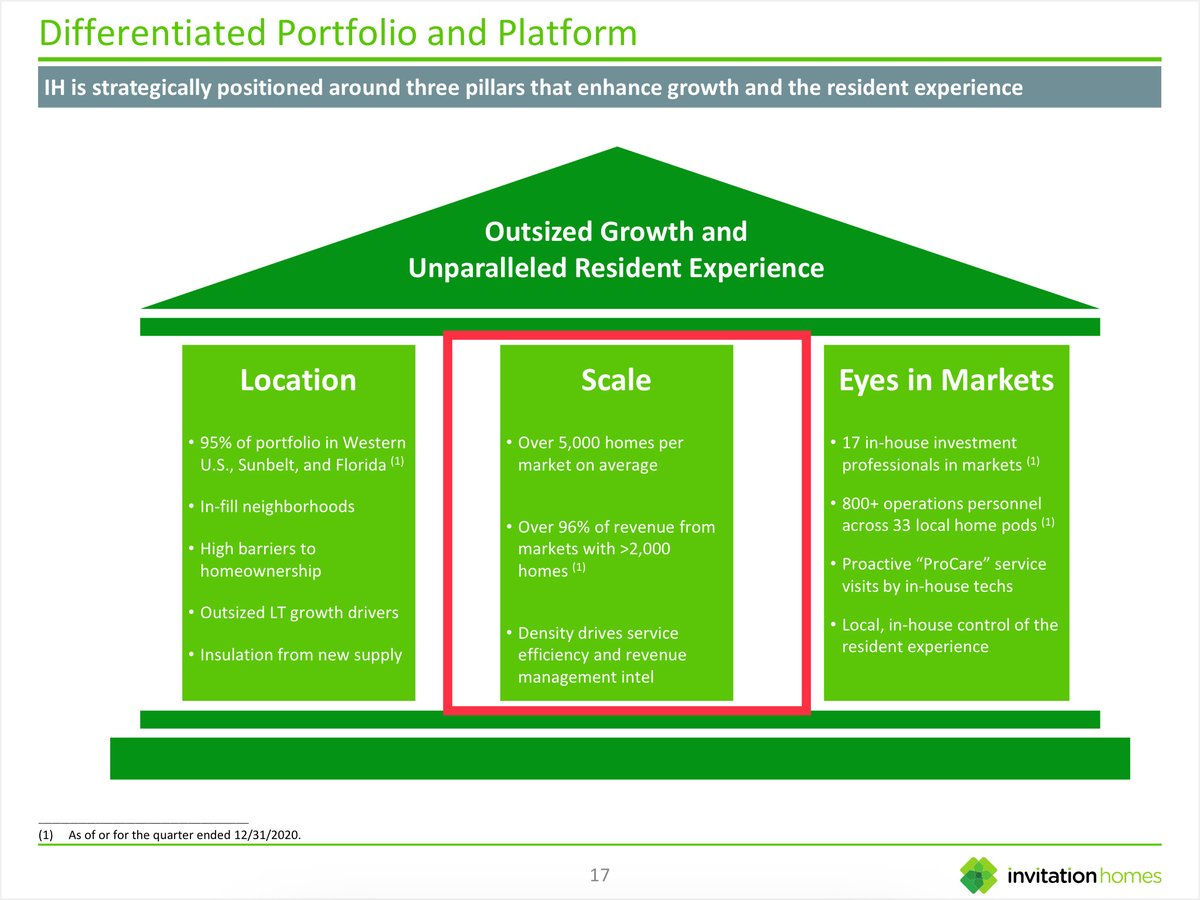
What's the opposite of $SIVB $BAC $WFC $FRC large MTM losses on HTM securities? Long-term, low fixed rate debt $ARE #REITs 

• • •
Missing some Tweet in this thread? You can try to
force a refresh











